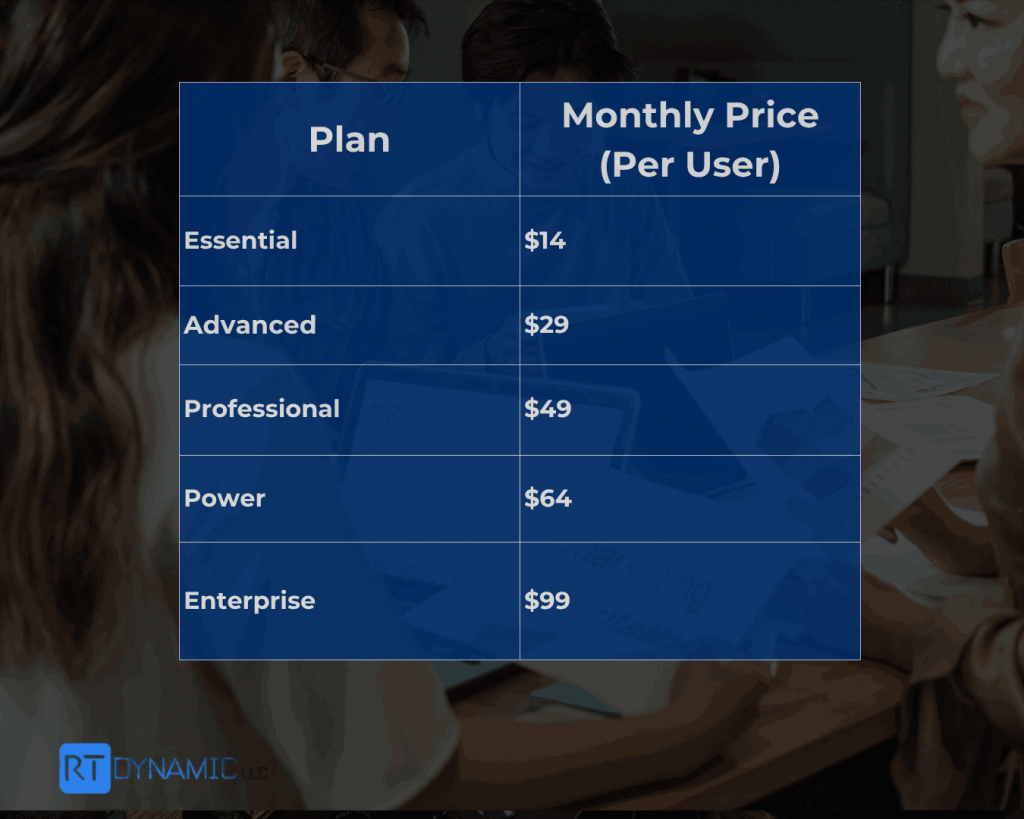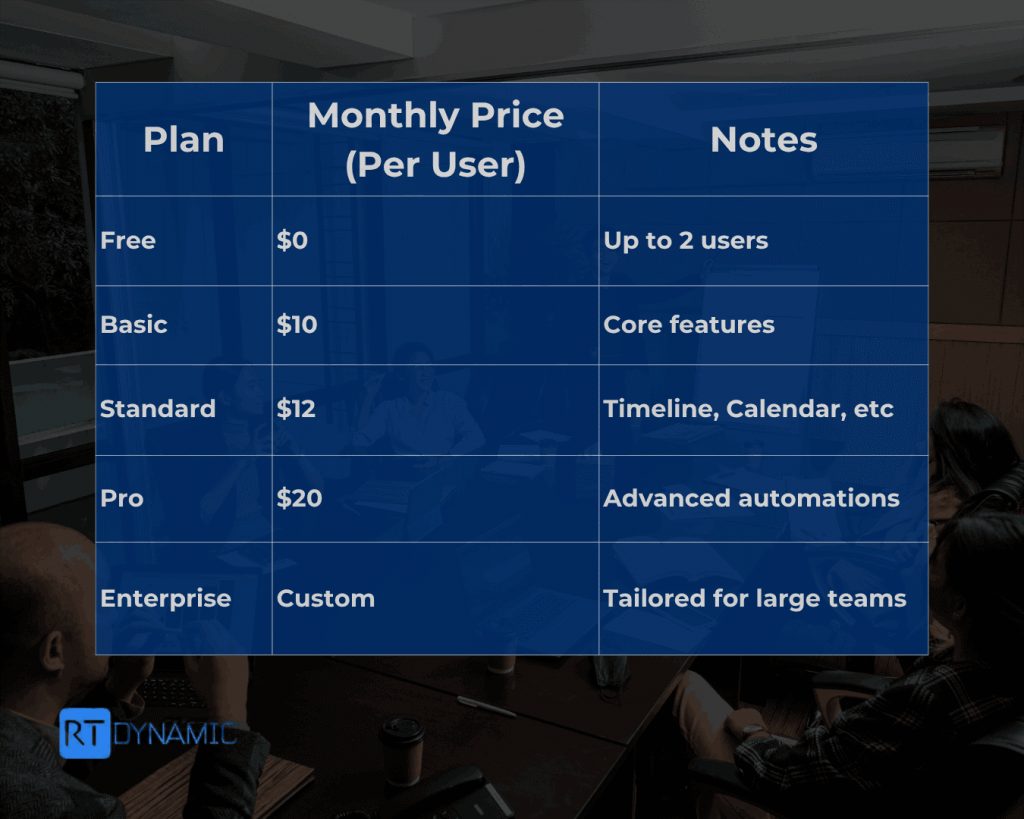In 2025, every business is chasing the same goals: higher productivity, faster sales cycles, and better team collaboration.
The tools you use to get there matter more than ever. And when the conversation turns to platforms that help you organize, track, and grow, Pipedrive and Monday.com are two of the top contenders.
But here’s the catch: they’re built for different goals. So, before you choose, it’s essential to ask: Do you need a CRM or a Work OS? This blog will help you break down the Pipedrive vs Monday comparison with real-world clarity.
1. Introduction to Pipedrive and Monday.com
Pipedrive is a CRM platform designed specifically for sales teams. Its core mission? Helping businesses track leads, manage pipelines, and close deals faster. It’s lightweight, intuitive, and tailored for sales-first companies.
Monday.com, on the other hand, calls itself a Work Operating System. It’s not just for sales, it’s for project management, marketing campaigns, HR processes, and even software development.
It offers building blocks (boards, automations, integrations) that users can customize for nearly any workflow.
At first glance, they compete head-to-head. But when you dive in, it’s a CRM vs project management tool comparison, not apples to apples.
2. CRM vs Work OS: What’s the Core Difference?
Here’s the key distinction: CRM tools like Pipedrive are built around customer relationships, while Work OS tools like Monday.com are built around tasks, projects, and collaboration.
- Pipedrive gives you deep insight into every deal and interaction with your customers. Think lead scoring, sales pipelines, follow-ups, and revenue tracking.
- Monday.com helps teams organize and execute work. It’s flexible enough to manage anything from product launches to content calendars, but it’s not built with sales-specific features at its core.
3. Sales Pipeline Management Features
Pipedrive's pipeline management is visual, intuitive, and powerful. You can drag and drop deals between stages, assign them to reps, track expected close dates, and forecast revenue with precision.
Every interaction, whether via email, call, or meeting is logged against the deal, providing sales teams with a comprehensive view of the buyer's journey.
Monday.com for sales teams is improving, but it lacks native CRM features. You can build a pipeline board, sure, but it won’t automatically score leads, log communications, or generate wise sales reports without serious customization or third-party add-ons.
So if your primary goal is sales management, the winner in the Pipedrive Monday comparison is clear: Pipedrive.
4. Task Management and Collaboration
When it comes to task management, team collaboration, and project tracking, Monday.com is in a league of its own. You get:
- Customizable boards for projects, campaigns, or departments
- Timeline, Gantt, Kanban, and calendar views
- Built-in time tracking and file sharing
- Team mentions, comments, and update feeds.
- Automations to assign tasks, notify members, and update statuses
Pipedrive offers basic task creation linked to deals (like reminders for follow-ups), but it doesn’t compete as a task management hub. Collaboration features are limited, and it doesn’t support cross-departmental workflows like Monday does.
If your team needs to manage multiple moving parts, Monday.com takes the win in this category.
5. Integration, Automation & Usability
Both platforms have invested heavily in usability, but they cater to distinct user groups.
Pipedrive Features vs Monday Features: Automation & Integrations
- Pipedrive supports native integrations with Gmail, Zoom, Slack, QuickBooks, and various tools, including PandaDoc and Trello. It also offers workflow automation, like sending emails after a deal stage changes.
- Monday.com supports over 200 integrations, including Jira, Asana, Google Workspace, Salesforce, and HubSpot. Its automations are modular and visual, and you set triggers and actions with simple "if-this-then-that" logic.
When it comes to ease of use, Pipedrive is a clean and focused deal for salespeople who just want to track leads. Monday.com is more versatile but comes with a learning curve, especially for non-technical users setting up complex boards.
Both platforms offer mobile apps, customizable dashboards, and open APIs, so you're covered whether you're in the office or on the go.
6. Pricing Comparison
Pipedrive Pricing (2025):

Each tier unlocks more reporting, automation, and team visibility features.
Monday.com Pricing (2025):

Monday.com is slightly cheaper for basic plans, but costs can add up quickly if you require multiple add-ons or integrations.
Pro Tip:
If you’re choosing based purely on cost versus features, consider scale. Pipedrive becomes more valuable with a growing sales team, while Monday suits cross-functional departments that manage multiple projects.
7. Best Use Cases for Pipedrive and Monday
When to Use Pipedrive
- You run a sales-driven team focused on closing deals.
- You need detailed sales reporting, forecasting, and lead tracking.
- You want a CRM that’s easy to use and fast to implement
- Your marketing and sales processes are tightly integrated.
- You want to scale your pipeline visibility across reps and regions.
When to Use Monday.com
- You manage projects, tasks, or operations across different departments.
- You need team-wide collaboration with visual timelines and file sharing.
- You want customizable boards for marketing, HR, product, or customer success.
- You’re looking for a flexible Work OS that fits many workflows.
- You prefer a drag-and-drop builder to create your processes.
Final Verdict:
Pipedrive vs Monday: Which One Wins in 2025?
If your primary goal is sales, choose Pipedrive. It’s built to support and streamline your sales pipeline, from the first touchpoint to closing the deal.
Its simplicity, automation, and innovative sales insights make it a top-tier CRM in 2025.
If your focus is on collaboration, project execution, or managing multiple workflows, go for Monday.com. It adapts to your processes, not the other way around, and helps teams stay in sync across all types of projects.
Still on the fence? You may not have to choose. Many teams integrate the two, using Pipedrive for customer-facing efforts and Monday.com for internal operations.
FAQ: Pipedrive vs Monday
1. Can Monday.com be used as a CRM?
Yes, but it’s limited. You can build basic pipelines, but they lack CRM-specific features like lead scoring, deal forecasting, or automated contact logging.
2. Does Pipedrive have project management features?
Very few. It offers task tracking within deals, but not comprehensive project management workflows, such as Gantt charts or time tracking.
3. Can I integrate Monday.com and Pipedrive?
Yes. Tools like Zapier or Make (Integromat) help connect them so that you can push leads from Pipedrive into Monday projects automatically.
4. Which is better for small businesses?
Suppose you’re sales-first, Pipedrive. If you juggle multiple processes, Monday.com gives more flexibility.
5. Are both tools scalable for enterprise use?
Yes. Both offer enterprise plans with admin controls, SSO, audit logs, and dedicated support, just tailored to different use cases.



